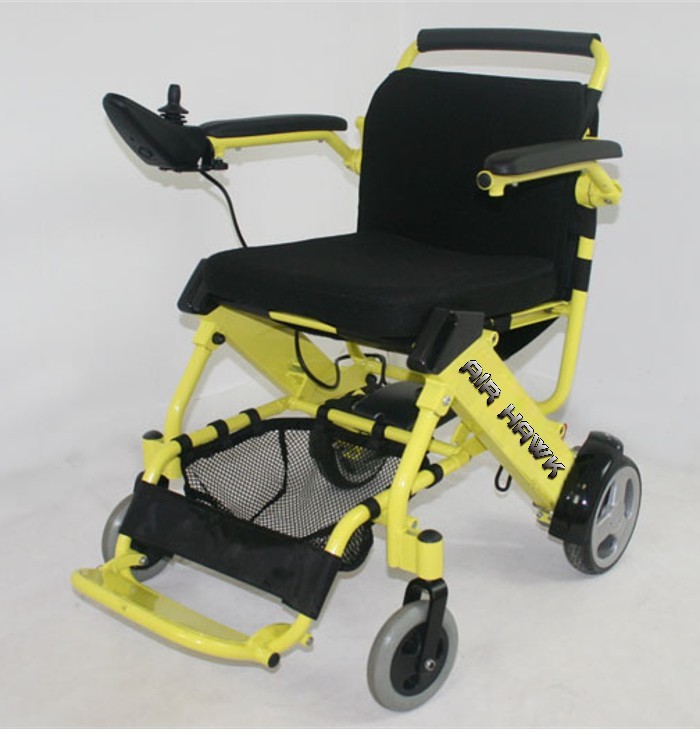
In this age, where imprecise language is commonplace, it is easy to lose track of ideas and important distinctions. One example is how the idea of laws and rules are confused and often used interchangeably. For example, the natural law of gravity or attraction can’t be avoided or dismissed. There are inevitable, unavoidable consequences when we fail to consider this law. If one drops a glass, the law of gravity will likely carry it to the floor and shatter it. We can make a rule not to drop glasses, but that rule is not an immutable law. In outer space the law of gravity still holds true, but its potential impacts dramatically change. If we drop that same glass while orbiting the moon it may simply float in midair. In space, having a rule not to drop a glass would be senseless. Some argue that in addition to natural laws, there are moral laws that govern the consequences or impact of our thoughts and actions. This may seem odd, but blurring the lines between laws with rules also negatively impacts the development of our built environment.
One example of this negative impact is our understanding of the Americans with Disabilities Act (ADA). ADA is a civil rights law passed in 1990 intended to ensure equal access to the built environment for those that have physical and mental disabilities. Many consider wheelchair access the main component of ADA regulation because ramps and lifts tend to be the most visible manifestations of the law. However, this law extends to those with deafness, blindness, an intellectual disability, missing limbs or mobility impairments, autism, cancer, cereal palsy, diabetes, epilepsy, HIV infection, multiple sclerosis, muscular dystrophy, major depressive disorder, bipolar disorder, post-traumatic stress disorder, obsessive compulsive disorder, schizophrenia and so on. Not surprisingly, anti-social conditions such as kleptomania, pedophilia, exhibitionism and voyeurism are excluded from protection. Interestingly, sexual orientation and identity are no longer considered a disorder and therefore no longer qualify under the definition of a disability.
These conditions and the “reasonable accommodations” needed to provide access get incredibly complicated. What adds to this complexity is that our understanding of these disabilities changes over time, as does the technology and treatments developed to mitigate various conditions. In our litigious society, you can imagine overwelmed designers desperately want to know what they need to do so they don’t get sued.
As a result groups and government agencies have developed rules and guidelines that define “best practices.” However, in order for these rules and guidelines to be effective they need to be constantly evaluated and reinterpreted and this takes an extraordinary amount of money, time and energy, so it rarely occurs. The higher the costs, the more rigidly interpreted and entrenched these rules and guidelines become. Most designers and regulators understandably treat these rules and guidelines as law. Considering a rule as an immutable law stifles despatately needed innovation and change.
We are at an unprecedented moment in history when technology and advances in our medical understanding could completely transform how we design universally accessible spaces. A wheelchair is nothing more than a prosthetic. What happens when advances in robotics transform that prosthetic into an exoskeleton that allows someone who is paralyzed to stand up right, walk up a set of stairs or bend over to drink out of a drinking fountain? How do we determine lighting levels in a room when the needs of individuals using it are contradictory? Could we utilize smart technology to customize lighting levels based on who is using the room and where they are located? In order to unleash innovations we must stop seeing these rules and regulations as laws. They are not steadfast laws but rather malleable guidelines that need to be challenged and constantly reconsidered.

“…malleable guidelines that need to be challenged..” That seems to represent my approach to life! Thank you for this excellent blog.
thanks Woody – hope all is well with you!